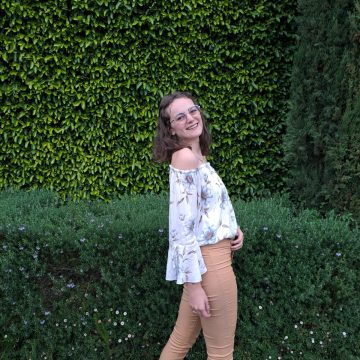A Hwange safari offers spectacular big game country only two hours drive south from Victoria Falls.
Scroll for more
![]() Hwange National Park is Zimbabwe’s largest and oldest game park ranging over an area of 14,600 km². Its sheer size means that it offers a range of vegetation with a resulting diversity of game. It ranges from the dry southern acacia bush bordering the Kalahari Desert to the mopane woodlands, valleys and granite hills characteristic of the north. Hwange is certainly big game country with massive herds of elephants. Which you'll see plentiful numbers, especially at the end of the dry season in September and October. These are joined by lion, buffalo, hyena, giraffe, zebra, wildebeest sable, roan and other antelope.
Hwange National Park is Zimbabwe’s largest and oldest game park ranging over an area of 14,600 km². Its sheer size means that it offers a range of vegetation with a resulting diversity of game. It ranges from the dry southern acacia bush bordering the Kalahari Desert to the mopane woodlands, valleys and granite hills characteristic of the north. Hwange is certainly big game country with massive herds of elephants. Which you'll see plentiful numbers, especially at the end of the dry season in September and October. These are joined by lion, buffalo, hyena, giraffe, zebra, wildebeest sable, roan and other antelope.
The shallow salt pans throughout the park actually make for easier Game-viewing in Hwange National Park. These natural salt pans offer the perfect cooling mud bath for elephants. And gradually the pans develop into small waterholes. However because of the deep Kalahari sands, these waterholes dry up as the dry season progresses. Hwange is unusual in that, right from the park’s inception, the rangers have pumped water into these waterholes in the dry season.
So a Hwange safari between July to October offers plenty of wildlife as animals flock to these pans for much-needed water. A veritable mecca for game in the dry winter months!

